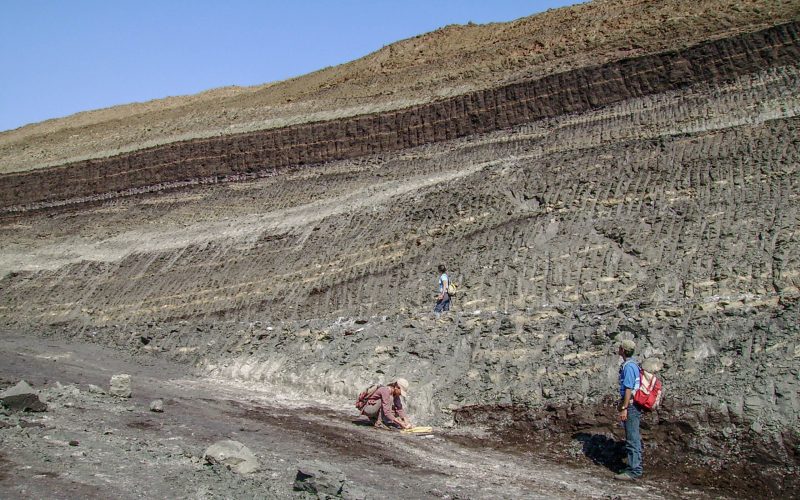
Tropical Rainforest will Survive the Future global warming: finds IIT Kharagpur study
The tropical rain forests (TRF) like Amazon or Western Ghats are considered as “the lungs of the planet”, contain about 200-300 petagram (1015) or approx. 1/3rd of the total atmospheric carbon and plays a crucial role in modulating the global carbon cycle, biodiversity and hydrological cycle. The 2023 AR6 report by the Intergovernmental Panel on Climate Change (IPCC) warns if the CO2 emission and global warming continues unabated the TRF community may altogether collapse much before the end of this century, and will drive a global catastrophe affecting nearly 800 million people worldwide. However, scientists are sharply divided on this…
